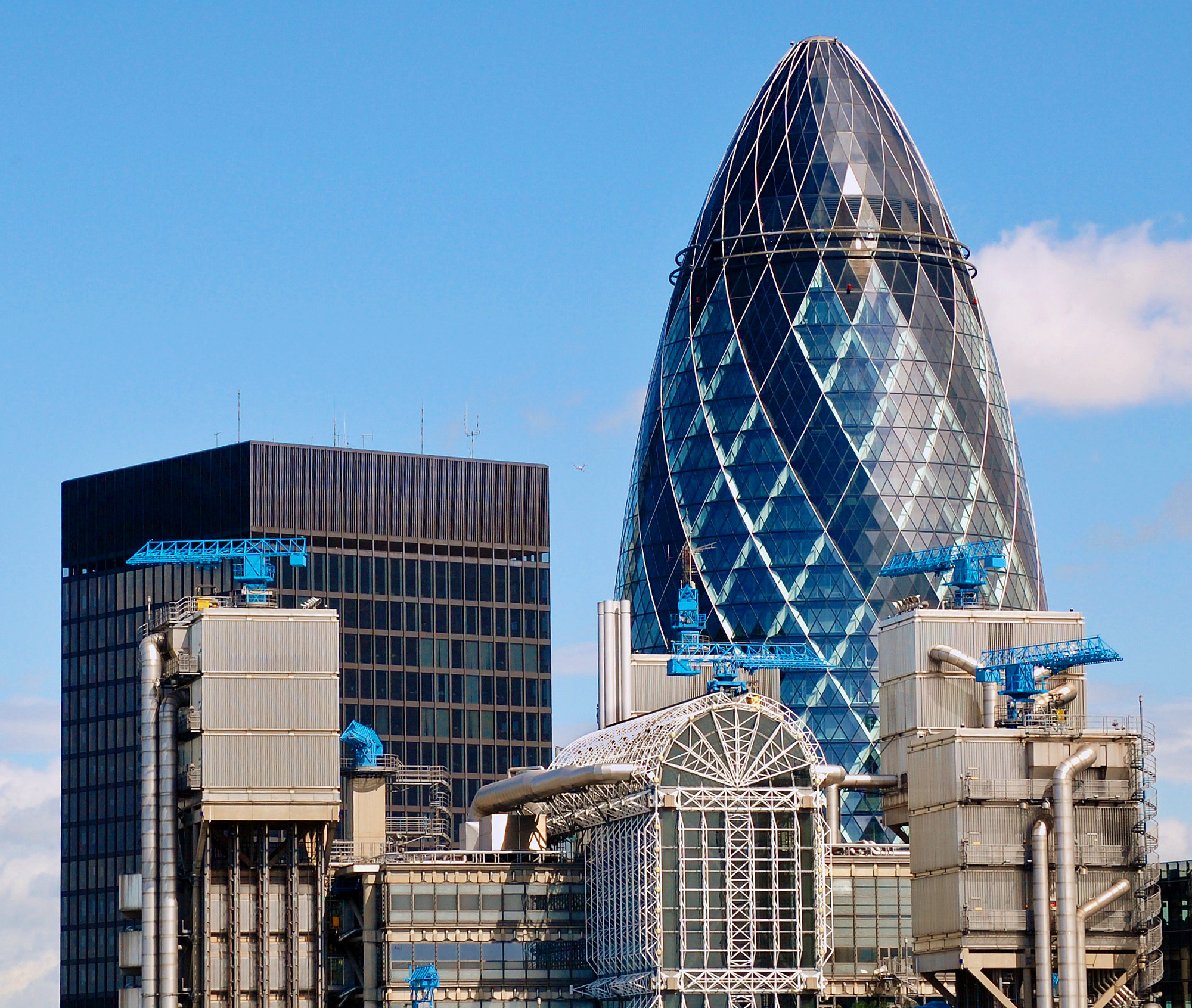
Koolhaas' journalism work won him fame in architecture before he completed a single building. The switch from storyteller to architect was more a change in the script than a professional shift. He pointed out that "[architecture] is a form of scriptwriting that implicitly describes human and spatial relationships." Restating the role of architecture in defining daily life beyond buildings and cities' construction, architecture is also a written and spoken tool capable of explaining daily worldwide events, giving voices to unspoken projects, and actively shaping the future of the architect's role.








![[TRANS-] topia 2019 :: journal call for submissions - Featured Image](https://images.adsttc.com/media/images/5c65/646c/284d/d176/a900/0407/medium_jpg/open-uri20190214-19344-17ny7ws.jpg?1550148698)







![Call for Submissions: [TRANS-]ient - Featured Image](https://images.adsttc.com/media/images/58a5/8e68/e58e/cec2/1d00/0166/medium_jpg/open-uri20170216-15296-jiuusk.jpg?1487244878)
![Call For Submissions: [TRANS-] lation - Featured Image](https://images.adsttc.com/media/images/5694/f06b/e58e/cec2/8000/00d0/newsletter/open-uri20160112-18439-x06j8r.jpg?1452601447)












